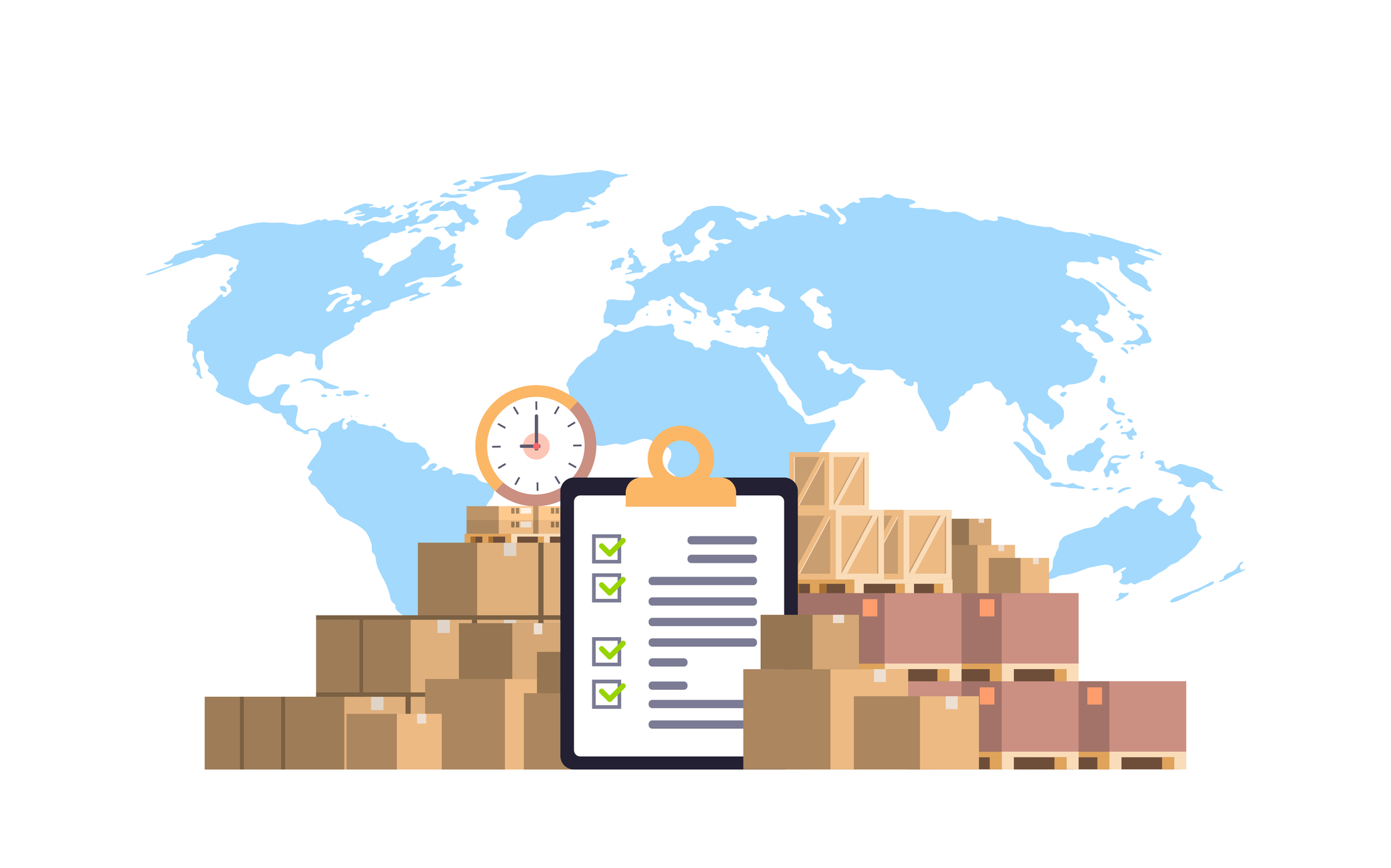MRO Master Data Management is a discipline driven by two functional areas in manufacturing – Maintenance/Operations Master Data Management for MRO (Maintenance, Repair, and Operations) is far more than a data exercise—it’s a strategic enabler. By uniting Maintenance, Procurement, and other disciplines around clean, accurate part and asset data, manufacturers can slash costs, minimize risk, and accelerate digital transformation.
Below are seven core functions revolutionized by robust MRO data management:
1. Strategic Sourcing
You can’t save if your data is messy. Cleansed and enriched item master records create visibility—exposing price variances, usage patterns, and duplicate parts.
Improvement opportunities:
- Typically see 8–15% cost reductions through price benchmarking and strategic bidding.
- Faster RFQ processes and supplier responses.
- Easier adoption of secondary-market and aftermarket sourcing.
Implement regular data hygiene routines, standardize part attributes, and enrich with supplier info.
2. Efficient Purchasing
Procurement relies on clean master data to enforce contract terms, rebates, and pricing agreements. Inaccurate or outdated data makes it impossible to:
- Verify negotiated pricing
- Capture rebates or volume discounts
- Automate replenishment
- Prevent invoice overcharges
When item records are trustworthy, purchasing transforms from reactive and fragmented to proactive, controlled, and value-driven.
3. Streamlined Maintenance
Poor data leads to wasted labor and downtime. Technicians currently spend 20–30% of their time just sourcing parts. And for over 50% of work orders? They stall due to missing or misidentified parts.
With high-quality MRO data, operations benefit from:
- Faster part identification
- Reduced Wrench‑Time waste
- Shorter work order cycle times
- Increased asset uptime
This leads to better resource planning, fewer delays, and improved reliability.
4. Optimized Inventory
Poor part data is inventory inefficiency. But clean, accurate master data can improve visibility across plants, streamline kitting and vending, and support data-driven planning.
Potential gains: 20–40% inventory reduction, thanks to smarter stocking levels and improved part reuse.
5. Data-Driven Analytics
Actionable insights begin with quality data. From spend analytics and lifecycle optimization to failure forecasting and supplier scorecards—accurate MRO data powers:
- More informed, proactive decisions
- Identification of usage spikes or anomalies
- Better maintenance and operations planning
Analytics can now guide green initiatives, obsolescence strategies, and digital twin deployments.
6. Quality & Asset Reliability
Clean item and equipment data are the baseline for quality frameworks like LEAN and Total Quality Management. The result?
- Fewer unplanned shutdowns
- Shorter overhaul cycles
- More predictable maintenance
- 5–8%^(1)^ uptime improvement
Reliable asset information also supports regulatory compliance and safe operations.
7. Accurate BOM Development
A living Bill of Materials (BOM) is critical—yet BOMs drift due to engineering change orders, upgrades, or manual errors. That leads to:
- Lostline item traceability
- Damaged or obsolete items in inventory
- Asset BOMs that no longer reflect actual equipment
High-quality master data links all parts to assets, strengthens preventive and predictive maintenance, and underpins reliability programs.
Overcoming MRO Data Management Challenges
Many teams struggle due to:
- Siloed data ownership – no single owner or shared governance
- Focus on data standards, not usability
- Poor classification and part duplication
- Maverick inventory practices
The solution? A coordinated MDM approach across Procurement, Maintenance, Operations, and IT—establishing data stewardship, shared KPIs, and ongoing governance.
Why Now Is the Time
Industrial organizations are facing growing pressure to digitally transform and sustain growth:
- Inflationary costs demand smarter sourcing
- Downtime penalties increase with automation
- ESG and sustainability goals require traceability of parts
- Worker shortages amplify the need to reduce wrench-time waste
MRO data management isn’t just a back-office hygiene project—it’s a foundation for reliability, efficiency, safety, and long-term competitiveness.
How SDI Can Help
At SDI, we enable industrial enterprises to transform MRO through:
- Zeus™ Platform: A centralized analytics and data mastery engine for MRO
- Integrated Supply: End‑to‑end item master services—from cleansing and classification to sourcing and stocking
- Storeroom Optimization: Digital vending, barcoding, and replenishment automation
- Data Analytics & Advisory: Tailored MRO benchmarking, lifecycle planning, and supplier performance metrics
Together, we embed structured data workflows and shared governance so teams can finally unlock real savings—ahead of schedule, on budget, and upgrade confidently.
Take the Next Step in MRO Data Management
Ready to see how MRO data mastery could unlock:
- Lower procurement costs
- Higher asset uptime
- Leaner inventories
- Strategic MRO decision-making?
Schedule a free supply chain risk assessment today—no obligation, full insights.



